As of 2008, the North American monsoon begins on June 15th and ends September 30th. Prior to that, the start and end of the monsoon was determined my climatic criteria - three consecutive days when the dew point averaged 55 degrees or higher. Using that criteria, the average start date in Arizona is July 7th and the average end date is September 13th.
Having lived in Arizona most of my life, I have experienced summers with very mild monsoons and others with quite intense monsoons. This year would be the latter.
Monsoon rains in Arizona average about 2.5 inches or about a third of our annual rainfall. This year we have received more than twice that so far and have 20 days to go!
Sometimes the rain comes as a continuous rain and is usually accompanied by thunder and lightning. Wind can be variable ranging from virtually none to lots.
A storm earlier this week lasted more than 12 hours with gentle continuous rain and lightning producing major street flooding, flash floods in washes and even power outages. By the afternoon, the skies had cleared and the rain had stopped leaving this tree in the lake near our home. Phoenix received a record-breaking 3.78 inches of rain that day, but some neighboring cities received over five inches!
Other times, there is little rain but a LOT of wind. We had a storm in August that wreaked havoc in the east valley with microbursts hitting several neighborhoods. A microburst is a downdraft (sinking air) in a thunderstorm that is less than two and a half miles in scale so they hit neighborhoods, not entire cities. They can be wet or dry and can have wind speeds up to 150 mph that cause comparable or even worse damage than a tornado.
Notice the palm trees! And the really crazy thing is that the wind bounced off the house and then pushed our patio chairs the opposite direction towards the pool.
Storms like these cause roof damage, uproot or split trees and cacti, damage power lines and cause power outages, create traffic nightmares as streets are flooded or are slick and create flash floods in normally dry desert washes. Clean up can take days or even weeks.
Most of the trees in this parking lot had split. Fortunately, no cars were parked under any of the trees that were hit.
Many trees in this neighborhood were completely uprooted. This one fell obstructing a sidewalk; others fell into the street.
City workers are not the only ones who have to deal with storm clean-up. Homeowners and businesses also have a tremendous amount of work to do after storms. Inspecting your home or business for water and roof damage is the first order of business.
Yards frequently flood as drainage can't keep up with the amount of rain that falls in a short period of time.
Cleaning up debris and fishing patio furniture out of the pool are next on the list.
Some monsoon storms are dust and wind with a smattering of rain. They are the kind that just mess up the windows and leave a a layer of dirt on everything outside - my least favorite of the monsoon storms. Occasionally we will get haboobs - a giant wall of dust and wind that reduces visibility to practically nothing creating a traffic hazard and a mess to clean up. (You can read about them in this blog post - A Dirty Story.)
Other monsoon storms are primarily thunderstorms with some rain but a lot of thunder and lightning. This year we have had some fabulous lightning displays and booming thunder. It is with mixed feelings that I watch and enjoy the show because they often spark wildfires that burn thousands of acres of forest.
Just as people take precautions when there is a tornado or hurricane, there are things we do to stay safe during a monsoon storm. Some are common sense - don't stand out in a lightning storm. I used to think not driving through running water (or even standing water in a depression) was common sense but after thousands of motorists had to be rescued from the tops of their cars, Arizona finally enacted the "Stupid Motorist Law" that fines (heftily) motorists who do that and need to be rescued placing not just themselves in danger but also the rescue workers who rescue them. Public service announcements educate people about what to do when they are driving in a severe dust storm or haboob (pull well off the roadway, turn your car off and keep your foot off the brake) and what to do if a power line falls on your car (stay in the car until help arrives).
A monsoon storm is unlike any other summer storm. Once you have experienced one, chances are you will appreciate it for the respite from the blazingly hot temperatures that it is and maybe even enjoy it.

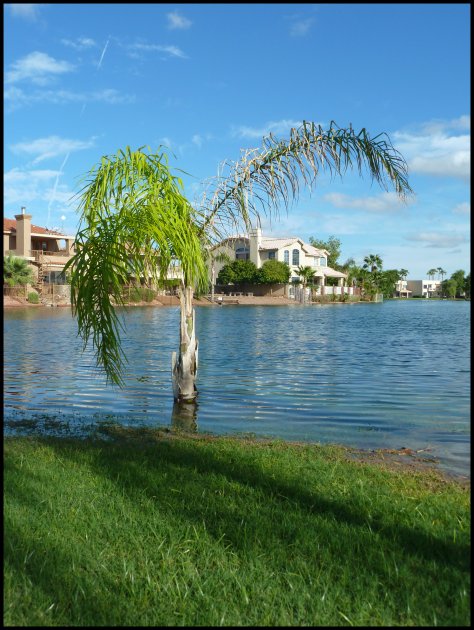
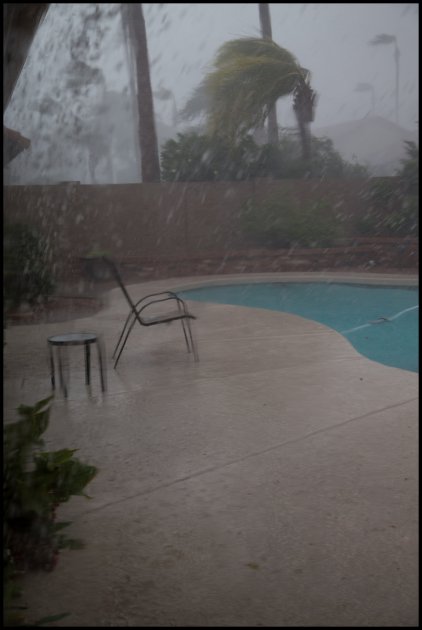
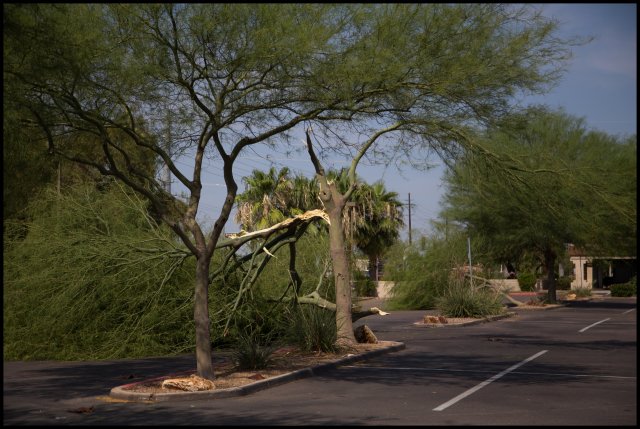
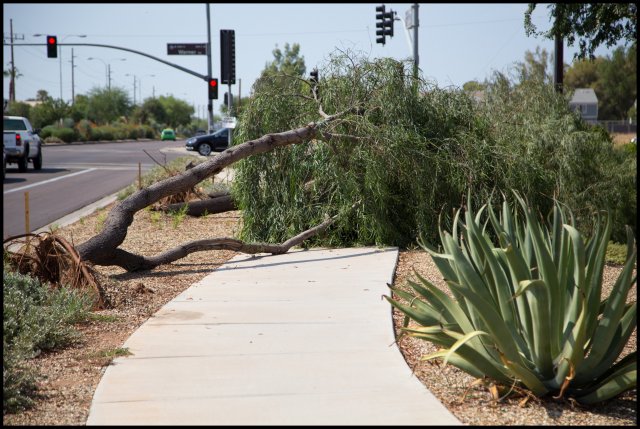
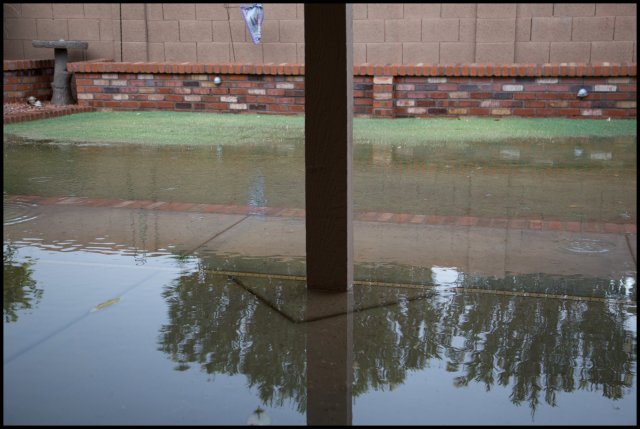
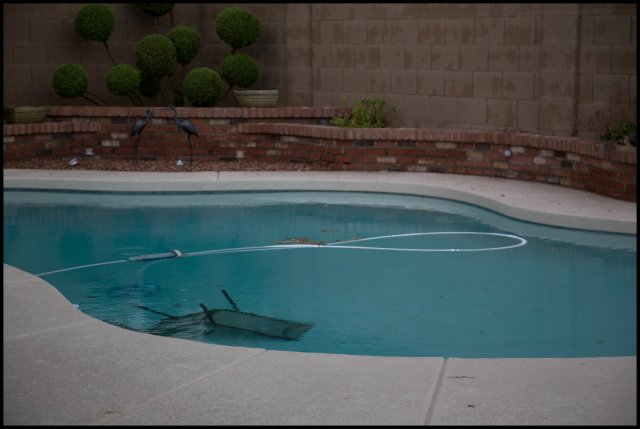
No comments:
Post a Comment